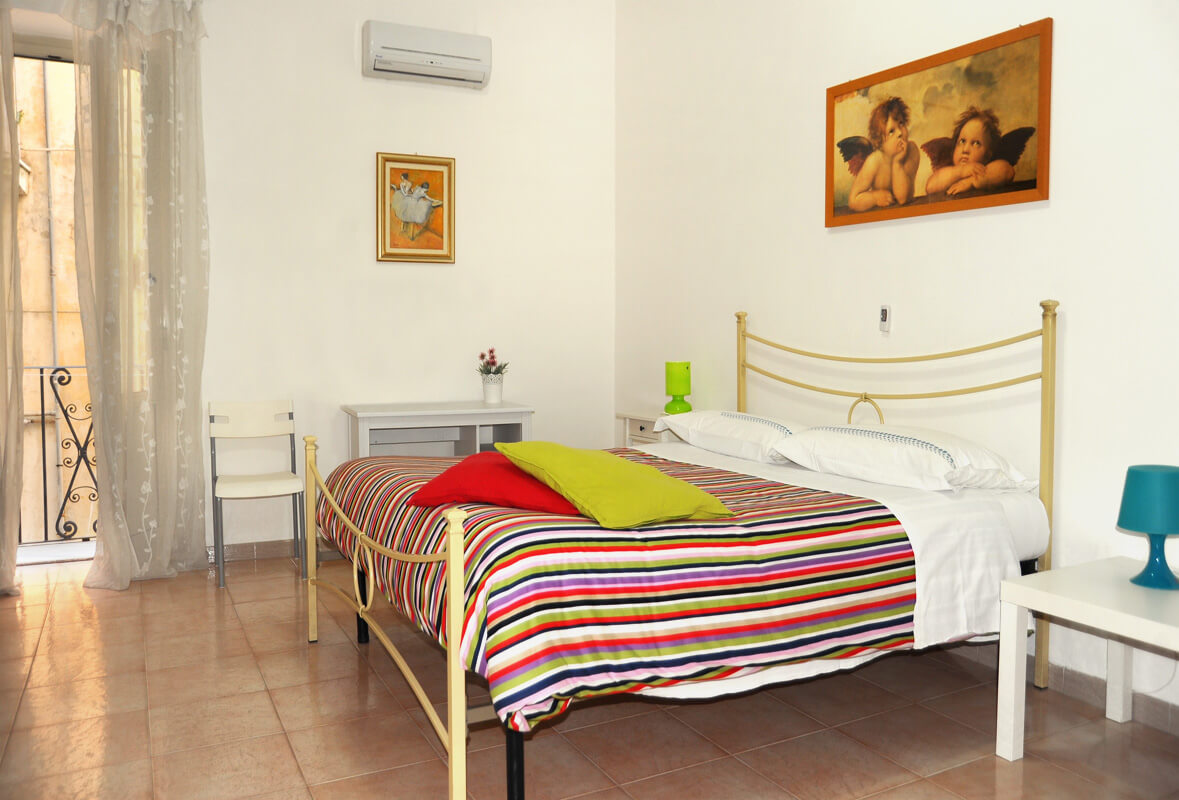History of Gaeta, part two
The permanence in Gaeta of some sovereigns determined the construction of remarkable buildings, civil and religious, that have given the urban nucleus, perched on the extreme tip of the promontory, a particular historical – artistic imprint: among the many just remember the castle, built as a royal home.
The long Spanish presence in the city (until 1707) deeply changed its role as a commercial center linked to life on the sea, through grandiose defensive works, completed by Charles V (1538), which reduced the urban center to the rank of military citadel, with no possibility of expansion and production.
During the long borbonic period siesta (1799, 1806 and 1815) as well as an event of international interest: November 25, 1848, Pope Pius IX took refuge in the city (escaped from Rome for the Roman revolution and the subsequent proclamation of the republic), so that until 4 September 1849 Gaeta assumed the role of “second state of the Church”.
On 13 February 1861, under the walls of Gaeta, the Bourbon dynasty ended and the accomplishment of a united Italy took place.
From the Bourbon invasions up to the Unification of Italy, Gaeta was condemned to a wretched life with negative consequences on demographic, economic and architectural development. For centuries, however, his village progressed, a fraction of Gaeta outside the walls, with maritime activities (fishing and trafficking) and agricultural activities. It was also common – with the name of Elena in honor of the then Princess Elena, the future queen of Italy – from 1897 to 1927, when with Royal Decree of 17 February 1927, the Municipalities of Gaeta and Elena were united again under the name Gaeta.
It is in the early years of the ‘900 that there is a first phase of industrialization of the city so far concentrated on the exploitation of local resources (fishing and agriculture), with few communication routes and minimal connections commercial.








